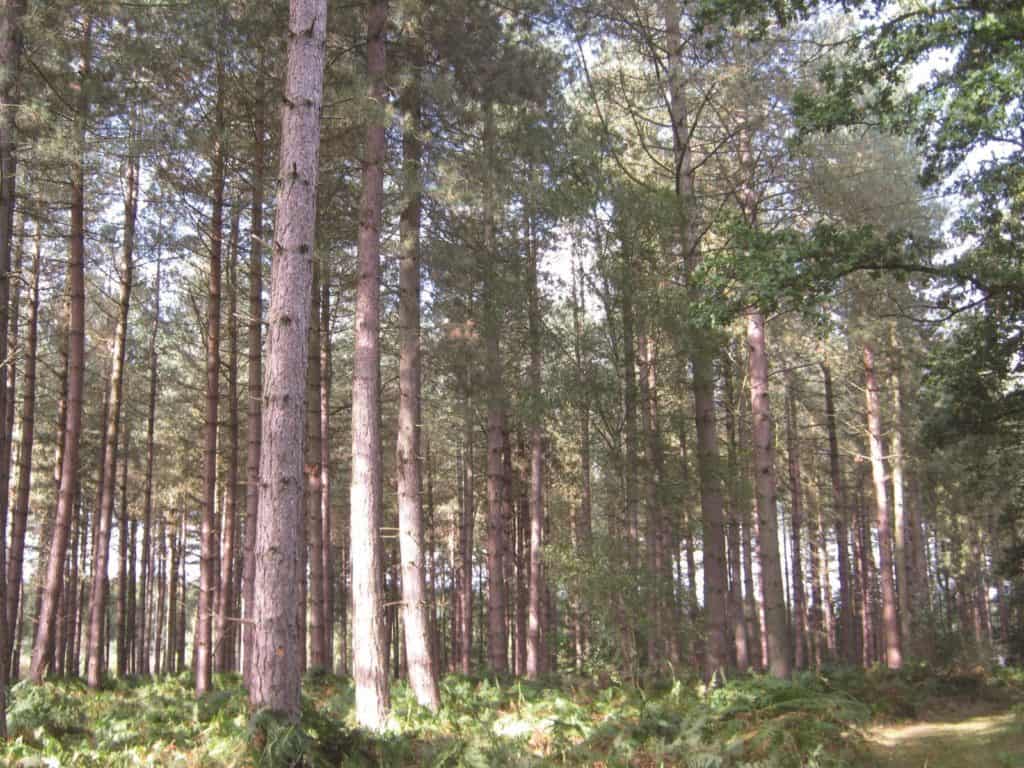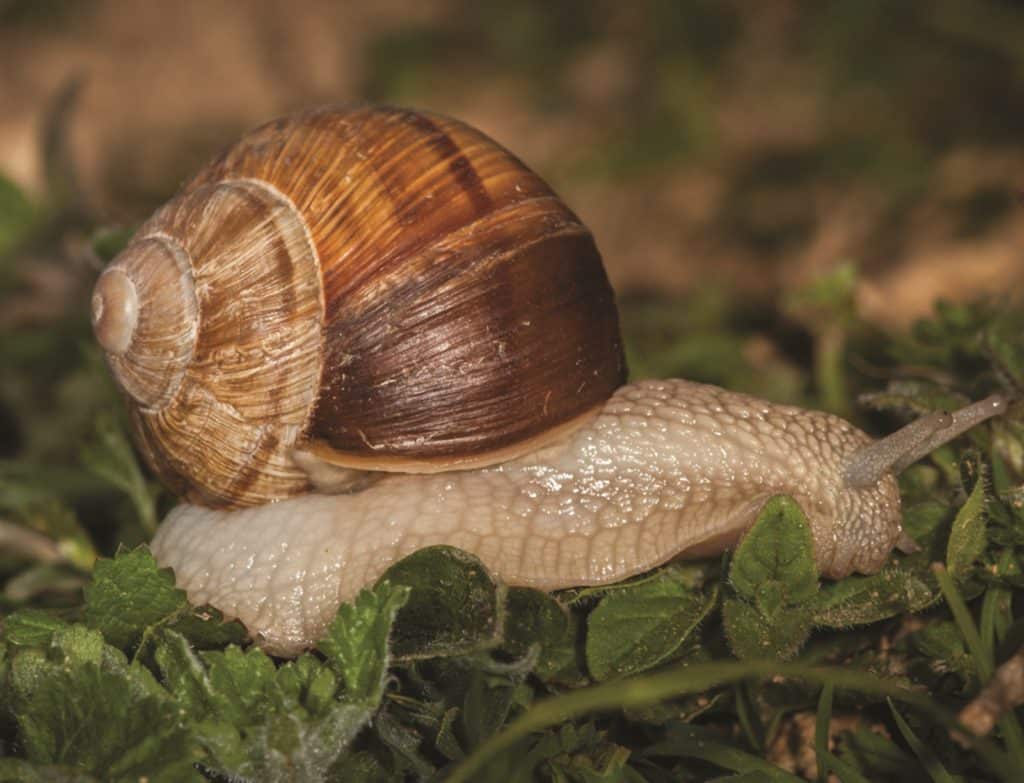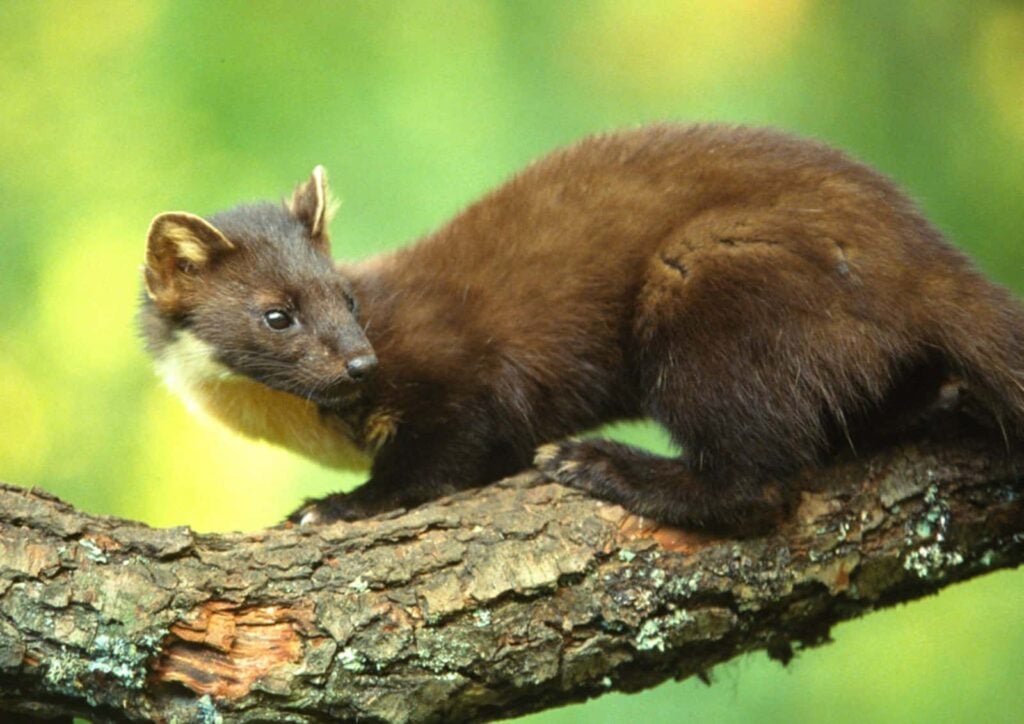What is ecological energetics?
Ecological energetics is the study of movement of energy and materials through ecosystems. Different organisms can be assigned to different trophic levels within ecosystems. This helps ecologists describe the transfer of biomass and therefore energy from one organism to another through food chains and webs (who eats who). Ultimately, this energy will be degraded and lost irretrievably from the system as heat.
The total energy in the universe hasn’t increased or decreased since the Big Bang, when the universe began. Over time, this energy is being dispersed over a larger area as the universe expands and cools. Energy cannot be created or destroyed.
What questions do biologists ask?
You can ask many scientific questions about the food chains, food webs, productivity and trophic pyramids in terrestrial habitats. Here are some examples.

- What are the producers, primary consumers and secondary consumers here?
- Can you draw a food web for this woodland?
- How would you use sampling to construct a pyramid of numbers for this woodland?

- How could you measure the biomass of snails here?
- Can you calculate the % energy transfer between producers and primary consumers?
- Why is energy lost between trophic levels?

- How could you calculate the biomass and energy content of the mammal population in this Scottish woodland?
- Would your fieldwork measurements of the biomass and energy content of the mammal population be reliable?
- Why might the biomass of mammals in this woodland have increased in the last 30 years?
What questions could you investigate with fieldwork?
Here are some examples. Each research question has been split into 2 or 3 sub-questions.
| Research question | Sub questions |
|---|---|
| How does abundance at each trophic level relate in a woodland ecosystem? | What are the producers, primary consumers and secondary consumers in the woodland? How can you use sampling to construct a pyramid of numbers for this woodland? Why are there different numbers of indiviuals at each trophic level? |
| How and why does net primary productivity differ between deciduous woodland X and coniferous woodland Y? | How can you measure NPP (GPP and R) in the two areas of woodland? What are the abiotic differences between the two areas of woodland? How might your results change over the year? |
|
What percentage of the sun’s energy fixed by the producers get transferred to the secondary consumers in this woodland? | Can you use sampling to estimate the energy content at each trophic level? What is the % energy transfer at each trophic level? How is energy lost between trophic levels? |
Synoptic links
A good investigation will make links between different parts of the A-Level Biology specification. Here are some possible synoptic links for investigations into terrestrial habitats.
| Synoptic link | Detail |
|---|---|
| Adaptation | r and K strategies – many herbivores are r-selected while top consumers are more K-selected (but there are exceptions!) |
| Transpiration and gas exchange | Respiration as a major source of energy loss between trophic levels. |
| Photosynthesis | Limiting factors such as dissolved nitrogen and phosphorus, sunlight and dissolved oxygen. |
| Conservation | Removing or adding organisms at one trophic level may have a knock-on effect on other trophic levels |
Energy transfer in terrestrial food webs
Primary production is the start of the food web; plants fix energy and carbon into the system through photosynthesis. The food that this generates will in turn be consumed by the herbivorous creatures like leaf-mining moths.
This second layer of any food web could be described as the secondary production within the ecosystem. It is this group that may be eaten by the carnivores.
These relationships can be represented in a food chain or web. Not all energy is transferred from one trophic level to the next. The number of organisms, biomass and energy at each trophic level can be represented as a pyramid.
Primary producers are organisms that take in light energy or inorganic chemicals from external energy sources and synthesise them into organic compounds using photosynthesis or chemosynthesis.The primary source of energy for almost all ecosystems on Earth is the Sun. Producers are always the first trophic level.
Consumers are organisms that ingest organic compounds to obtain energy. An organism that eats a primary producer is called a primary consumer. An organism that eats a primary consumer is called a secondary consumer. There is rarely enough energy or stored biomass available in an ecosystem for more than a quaternary consumer.
Detritivores or decomposers feed on dead or decaying organic matter to obtain energy. They form an important part of any food web as they release energy back into the ecosystem.
What habitats can be investigated?
Woodland and grassland ecosystems usually provide great place to carry out fieldwork as they are easily accessible and relatively safe. Some examples of urban woodland areas that could be used as fieldwork sites include Hampstead Heath and Epping Forest.
The main primary producers in both habitats will be the trees and shrubs. Algae, lichens, mosses and liverworts growing on the trunks and branches may also form a food source, as well as living plants in the ground flora.
Many of the primary consumers on the woodland floor will be detritivores feeding on leaf litter and other dead plant remains. In the canopy, however, they will mainly be herbivores, feeding on tree leaves, algae, lichens, mosses and liverworts. Some of the animals in the tree canopy may be temporary visitors using the canopy as a resting place and not feeding there. They will, however, form a food source for secondary consumers.
The secondary consumers in both habitats will come from related groups but may show different feeding adaptations in the two habitats. For example, spiders living in the canopy are often web-spinners; those living on the woodland floor, like the wolf spider, are hunters.
The top carnivore (the carnivore at the top of the food web) in the tree canopy, is most likely to be a bird (e.g. sparrowhawk). On the woodland floor the top carnivore may be either a mammal such as the fox or a bird.

Secondary and Further Education Courses
Set your students up for success with our secondary school trips and courses. Offering excellent first hand experiences for your students, all linked to the curriculum.
Group Leader and Teacher Training
Centre-based and digital courses for teachers
Experiences for Young People
Do you enjoy the natural world and being outdoors? Opportunities for Young People aged 16-25.
